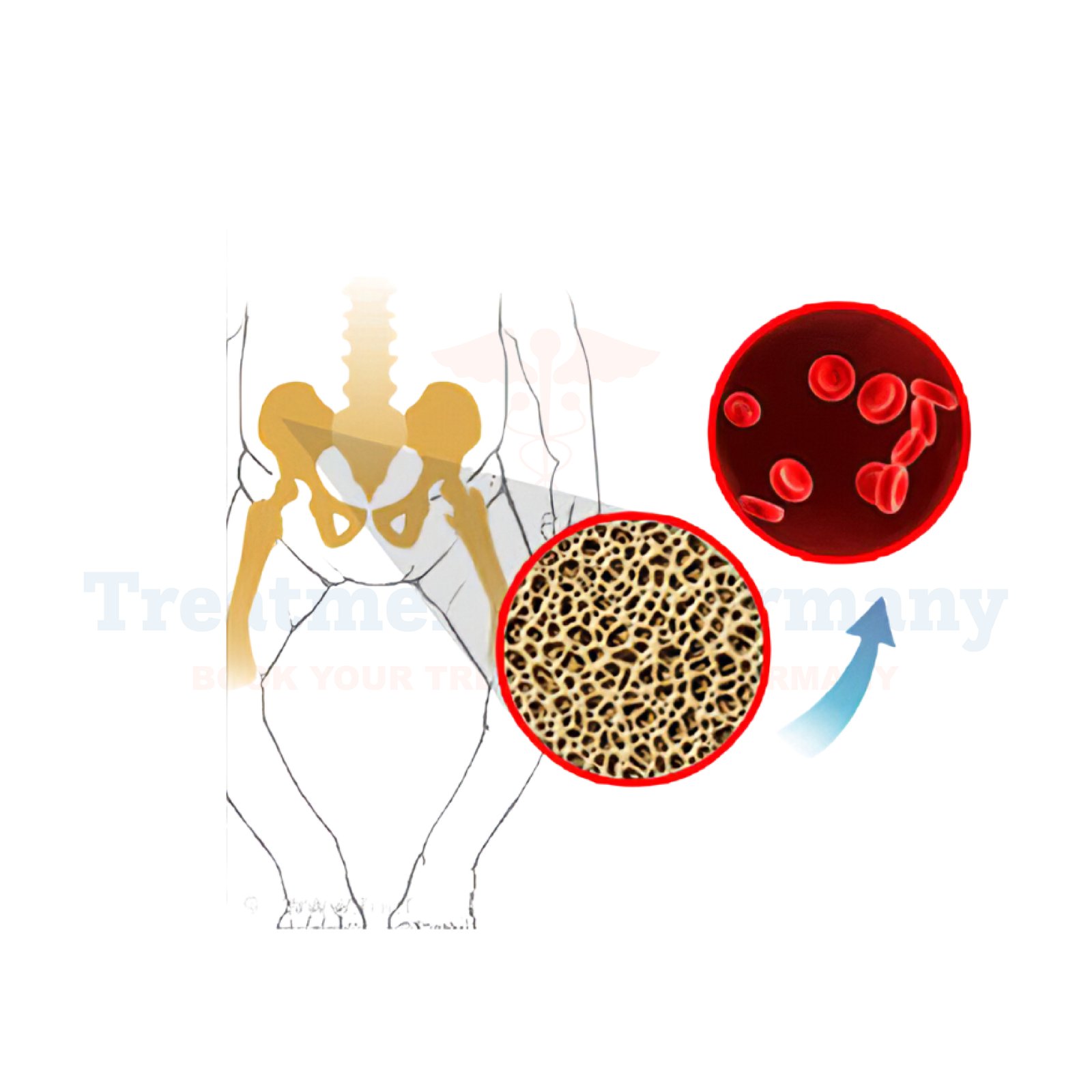Understanding Diamond-Blackfan Anemia
Diamond-Blackfan Anemia (DBA) is a rare genetic disorder characterized by a failure of the bone marrow to produce an adequate number of red blood cells.
This condition primarily affects infants and young children, although it can also manifest later in life. The exact cause of DBA is often genetic, with mutations in certain genes leading to the disruption of red blood cell production.
Side Effects of Diamond-Blackfan Anemia
The main complication of Diamond-Blackfan Anemia is severe anemia, which results in low levels of red blood cells. This can lead to symptoms such as:
- Fatigue: Due to reduced oxygen delivery to tissues.
- Pale skin: A common sign of anemia.
- Increased susceptibility to infections: Resulting from a weakened immune system.
- Short stature: Often seen in individuals with DBA due to early-onset anemia affecting growth.
How is Diamond-Blackfan Anemia Diagnosed?
Diagnosing Diamond-Blackfan Anemia involves several steps:
- Clinical Evaluation: A thorough medical history and physical examination are conducted to assess symptoms such as anemia and growth abnormalities.
- Blood Tests: These include a complete blood count (CBC) to measure levels of red blood cells, white blood cells, and platelets. Specific tests to detect genetic mutations associated with DBA may also be performed.
- Bone Marrow Biopsy: A sample of bone marrow may be taken to examine cell production and confirm the diagnosis.
Potential Treatment of Diamond-Blackfan Anemia
Currently, treatment options for Diamond-Blackfan Anemia aim to alleviate symptoms and manage complications. These may include:
- Corticosteroid Therapy: Prednisone or prednisolone are commonly used to stimulate red blood cell production in many patients with DBA.
- Blood Transfusions: Regular transfusions of red blood cells may be necessary to maintain adequate hemoglobin levels and alleviate symptoms of anemia.
- Stem Cell Transplant: For individuals who do not respond to other treatments, a stem cell transplant (bone marrow transplant) may be considered. This procedure aims to replace defective bone marrow with healthy stem cells capable of producing normal blood cells.
- Gene Therapy: Experimental approaches involving gene therapy are being investigated to correct the underlying genetic defects responsible for DBA.
👉 Contact us for further information and receive a complimentary consultation.

.webp)
.webp)
 (1).webp)
 (1).webp)

.webp)
.webp)
 (1).webp)
 (1).webp)
